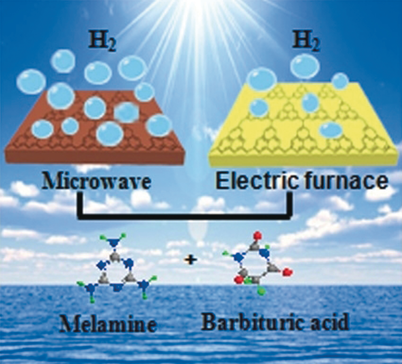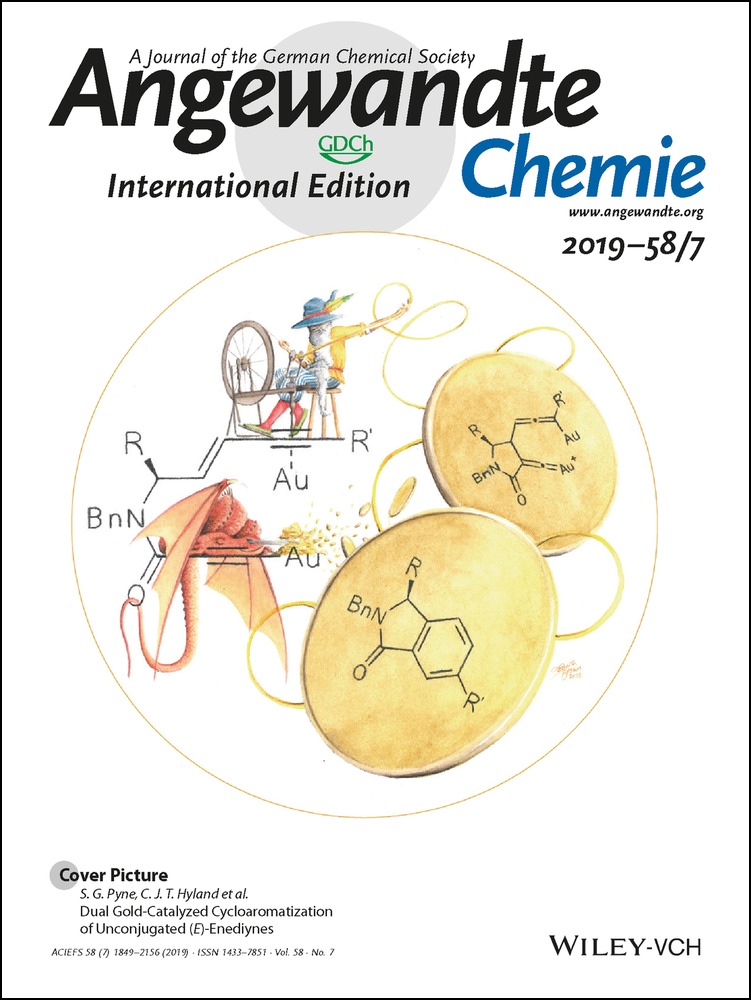Achieving Efficient Incorporation of π-Electrons into Graphitic Carbon Nitride for Markedly Improved Hydrogen Generation
Graphical Abstract
π-Electrons were rapidly and efficiently incorporated into the g-C3N4 by copolymerizing π-electron-rich barbituric acid with melamine via a microwave-assisted heating process. The as-produced g-C3N4 shows a near 20-fold enhancement in H2 generation upon exposure to visible light, representing a rate of 25.0 μmol h−1 over 1.3 μmol h−1 from g-C3N4 produced by conventional heating in an electric furnace.
Abstract
A rapid and highly efficient strategy for introducing C into g-C3N4 involves copolymerizing π-electron-rich barbituric acid with melamine via a facile microwave-assisted heating, thereby eliminating the issues in conventional electric furnace heating, such as the severe volatilization, owing to the mismatch of the sublimation temperatures of barbituric acid and melamine. The g-C3N4 catalyst after optimizing the C-doping content actively generates increased amounts of H2 under visible light exposure with the highest H2 generation rate of 25.0 μmol h−1, which is nearly 20 times above that using g-C3N4 produced by conventional electric furnace heating of two identical monomers (1.3 μmol h−1). As such, the microwave-assisted heating strategy may stand out as an extremely simple route to incorporating π-electrons into g-C3N4 with markedly improved photocatalytic performance.





